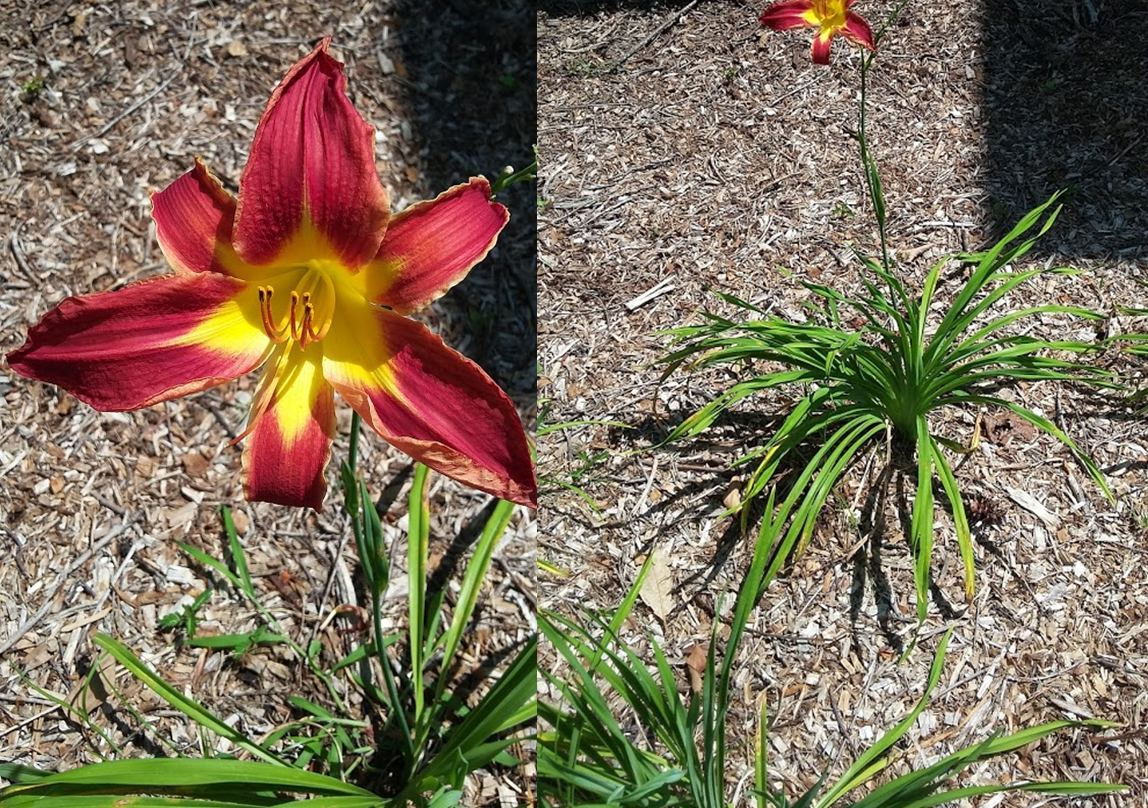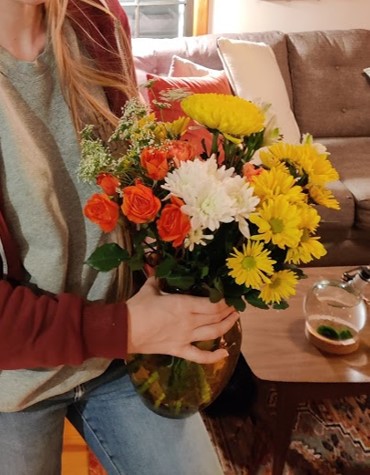Is it too late to plant bulbs?
Three tips for the procrastinating fall gardener.

Winter is coming, and that’s no subtle reference to everyone’s famous fantasy television series. If you’re like many other gardeners and you’ve delayed planting the bulbs you purchased this year, you might be wondering if you waited too long.
Many Michigan nurseries recommend a cutoff of late October to get these types of plants into the ground. Sticking to this schedule helps avoid exposing bulbs to dangerous freezing temperatures by giving them time to acclimate and enter a protective state of dormancy (think the opposite of hardening off). When temperatures drop low enough, ice crystals can form within the otherwise cold-hardy tissues of these geophytes (plants with specialized underground storage organs).
While it may be a gamble to attempt bulb planting this late in the season, there’s no reason to throw those daffodils and tulips out just yet. Here are a few options to consider instead to keep the early season color in your garden and support pollinators during spring and summer.
Use a microclimate
Since planting recommendations depend primarily on soil temperatures, positioning bulbs in an area with even mild protection can prevent the worst of early season cold stress. Look at areas with the following characteristics:
- A buffer from the wind.
- Proximity to a home or heated structure.
- Higher elevation than the surrounding area (to allow for cold air drainage).
- Full sun exposure (6-plus hours each day).
Mulch application
Utilizing a thicker layer of mulch can help insulate the soil below, trapping enough heat to raise the temperature several degrees above the ambient air. Common materials include wood by-product, bark and straw. When prepared and appropriately applied, composted mulch products have the added benefit of promoting microbial activity just below the soil surface, further warming the root zone. A layer of 2-4 inches is recommended for products such as composted leaves.

Refrigerator chilling
Readers finding this article in late November or early December should consider using their bulbs to create an indoor floral display. Storing loose or container planted bulbs in a refrigerator (but not a freezer) simulates the plants’ chilling requirement necessary to induce flowering. For most bulbs, 14-16 weeks below 45 degrees Fahrenheit will suffice, but results will vary between species. Promptly removing old food and expired produce will increase success by limiting the amount of ethylene gas in the refrigerator.




 Print
Print Email
Email